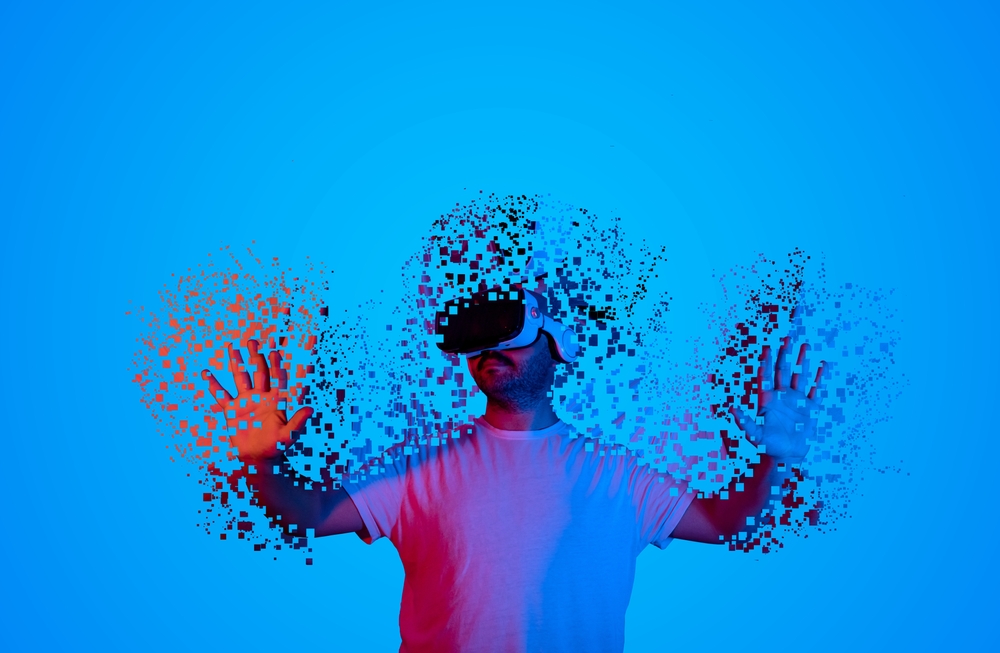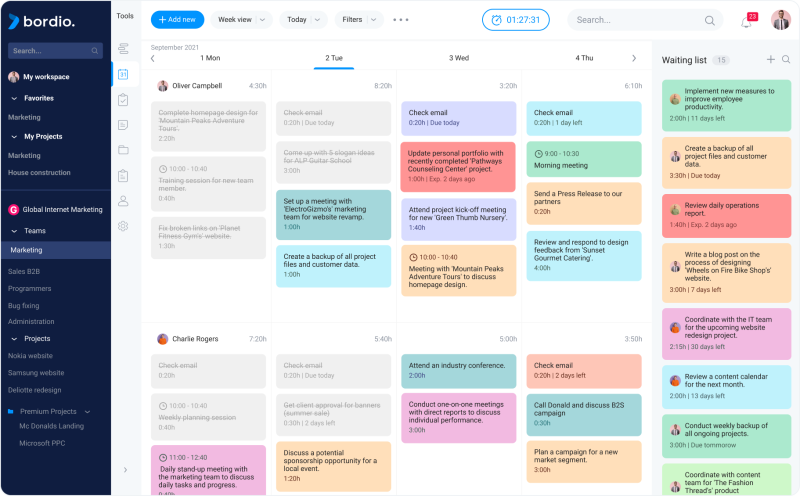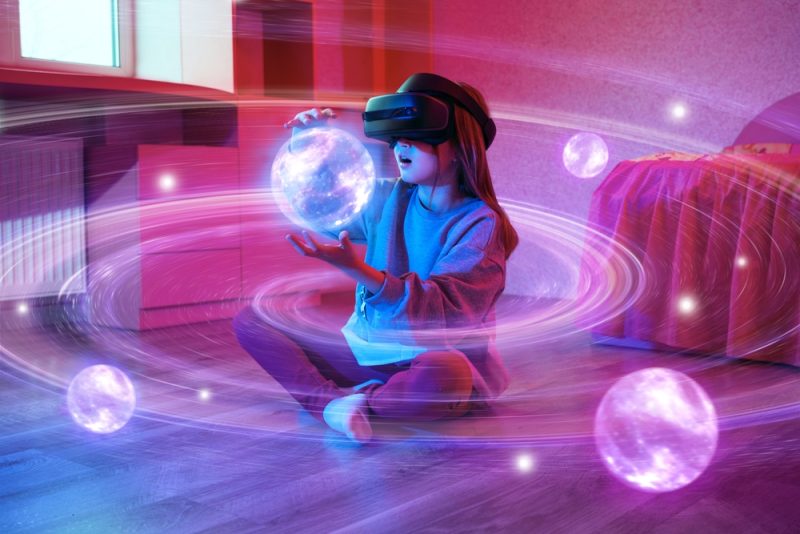Since its creation, virtual reality has advanced significantly. Virtual reality is already making its way into the commercial and creative industries from the gaming and entertainment industries. This technology has a vast potential to increase productivity in many different sectors. This essay examines the various ways that VR might boost creativity and productivity.

Virtual Reality and Time Management
Time planning is a critical skill that directly impacts productivity. Virtual Reality (VR) offers unique opportunities to improve this process by introducing new, more intuitive ways to organize, visualize and manage time.
In VR, users can create their own personalized “time management dashboards” that visualize their days, weeks, or months in a three-dimensional space. This can include three-dimensional calendars, task lists, and reminders that can literally be “walked around” and explored. Not only does this make planning more interactive and immersive, but it can also help improve understanding and awareness of how time is allocated. In addition, VR can offer new approaches to time management. For example, you can use VR to “simulate” different time management scenarios to see how different approaches to planning and organization can affect your productivity. This can help improve your ability to make informed decisions about time allocation.
Also, virtual reality can be used to conduct “time drills.” In these sessions, users can practice time management techniques, such as the Pomodoro technique, in a controlled, distraction-free environment. It can help to master these techniques and make them part of one’s daily ritual.
You can now use the more affordable option, the online planner from Bordio. You can create time management dashboards, a dedicated calendar, and to-do sheets that can be extremely useful for group planning in the office.

Immersive and distraction-free work environment
One of virtual reality technology’s most exciting applications is its ability to provide a wholly immersive and distraction-free working environment. Professionals in various fields, including programmers, designers, researchers, and authors, have chances thanks to using VR in the workplace.
The main problem that VR solves is distractions. In our world, full of constant notifications, messages, and calls intensely demanding our attention, the possibility of “immersing” in a virtual space that promotes concentration seems more than appealing. A virtual office or library can be ideal for individuals wishing to boost their productivity by removing the noise and stress of a traditional office or home workstation.
VR technology allows you to build personalized workplace conditions, making it perfect for particular jobs. This can include setting up specific lighting, sound, and 3D data visualization to enhance perception and information processing.
Additionally, VR enables users to transition between several work settings based on the task or their current mood. For instance, one can prepare and arrange their day’s work in a quiet, isolated room in the morning before moving to a more active, stimulating atmosphere in the afternoon.
Using VR to create an immersive, distraction-free work environment certainly opens new horizons for productivity. VR’s ability to change the work environment on demand, eliminate distractions and provide optimal conditions for concentration makes it appealing to today’s professionals.
Facilitating collaboration and communication
Virtual Reality technology dramatically simplifies and enhances collaboration and communication, especially in remote environments. When classic collaboration methods often suffer from miscommunication and lack of face-to-face interaction, VR can bridge these gaps.
With VR, teams can interact in a three-dimensional virtual space. Colleagues can work on projects in real time, hold virtual meetings, share ideas, and even simulate physical interactions. This deep immersion allows teams to work together more effectively, increasing productivity.
Additionally, VR can help when complex concepts or tasks need to be explained. Instead of lengthy explanations or drawings on paper, VR allows users to visualize ideas in three dimensions, making complex concepts more understandable and accessible.

Virtual meetings in VR also have the potential to make remote teams more connected. Employees can “meet” in the same virtual space, which can significantly increase their interaction and collaboration.
VR in collaboration and communication helps reduce geographical and time barriers and provides new, practical methods for problem-solving, idea generation, and task completion. It’s a new level of communication and collaboration that promises to make work more productive and enjoyable.
Additional training and skill development
The capacity to “learn by doing,” where the learner may simulate a real-world scenario in a controlled setting, is one of the essential advantages of VR. Because there are no immediate adverse effects, users may make errors and learn from them as they develop new abilities.
The “learning by doing” technique, which has been proven to improve learning and speed the acquisition of new abilities, is promoted by this strategy. Users of VR may learn theory and apply it in settings and circumstances comparable to those seen in the real world.
By enabling students to learn at their speed, VR also hasten and promote learning. Users in a virtual environment can practice exercises or scenarios as frequently as necessary without fear of criticism or pressure from others.
Virtual reality offers businesses and organizations a singular opportunity to successfully and affordably train new skills and methods for their staff. Virtual reality presents a possible alternative to conventional training techniques, whether there is a need for instruction on safety, new technology processes, or greater team cooperation.

Taylor is a freelance SEO copywriter and blogger. His areas of expertise include technology, pop culture, and marketing.











